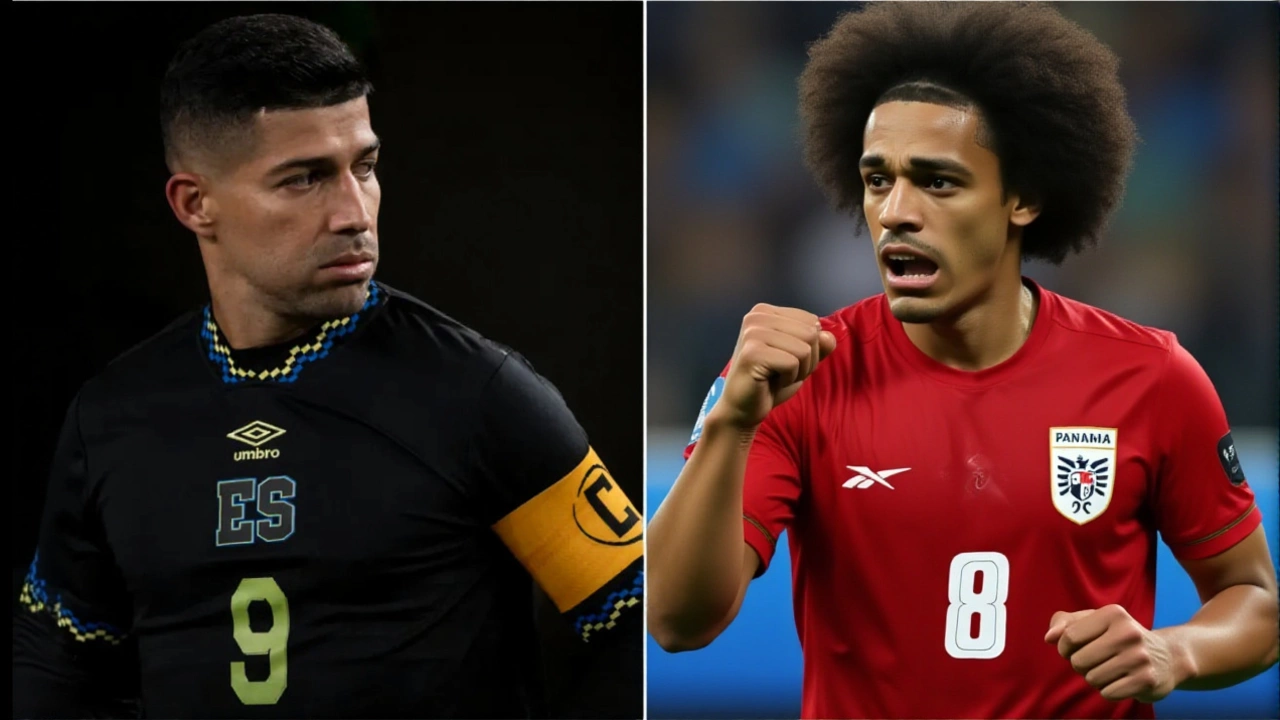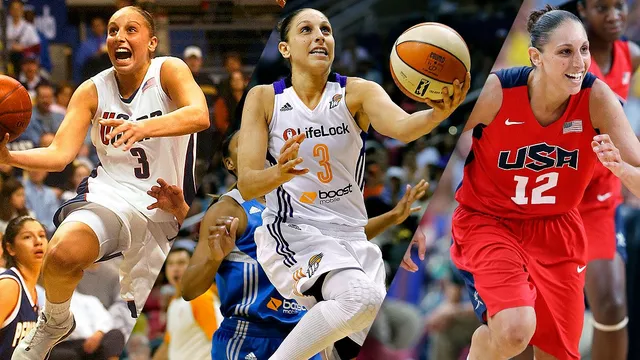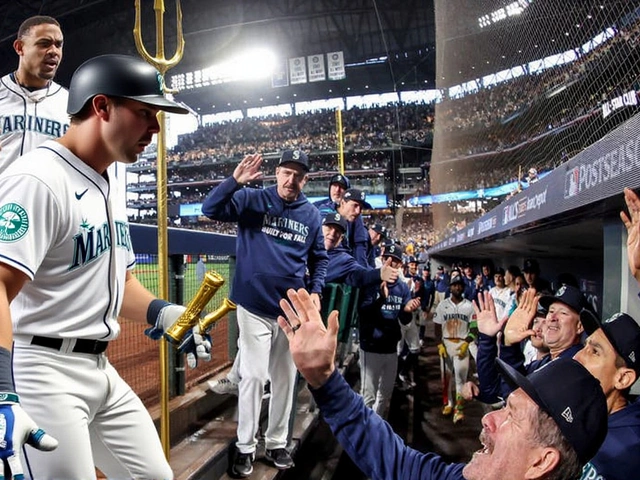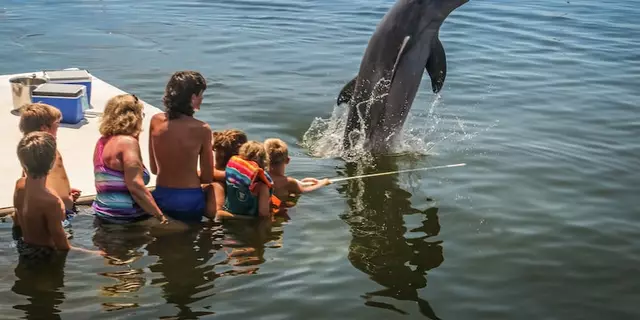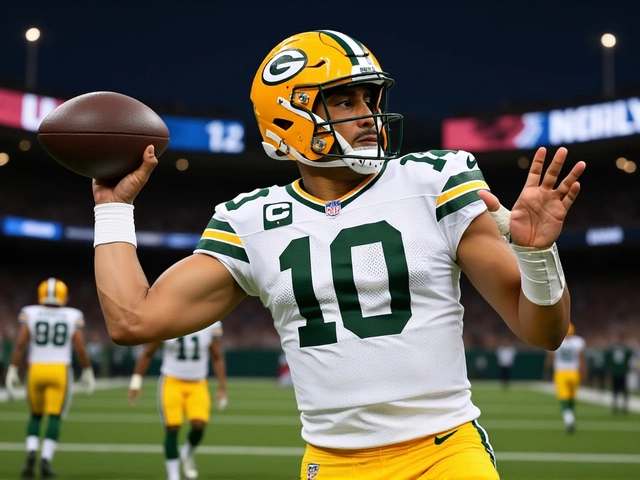On November 19, 2025, Panama clinched its second-ever trip to the FIFA World Cup — not with a flourish, but with a quiet, cold-blooded finish. Jose Luis Rodriguez, a 24-year-old substitute, curled a 78th-minute strike past Mario Gonzalez in goal for El Salvador, sealing a 1-0 win at Estadio Rommel Fernández in Panama City. It was the second time in six days Panama had beaten El Salvador by that exact score. And it was enough.
Two Wins, One Dream
The road to 2026 FIFA World Cup qualification was never easy for Panama. But it was brutally efficient. After sweeping all four matches in the second round — defeating Nicaragua, Guyana, Montserrat, and Belize — they entered the final round as the 41st-ranked team in the world, a clear favorite over 78th-ranked El Salvador. Still, no one expected them to win both legs by 1-0. Not like this.The first meeting, on October 10, 2025, at Estadio Cuscatlán in San Salvador, was a tense, physical affair. El Salvador’s 4-4-2 formation, anchored by veteran midfielders Darwin Ceren and Narciso, pressed high but lacked cutting edge. Panama, under coach Julio Dely Valdés, absorbed pressure and struck on the counter. The only goal came from a set piece in the 63rd minute — a flick-on from Román Torres that found Adalberto Peñaranda at the back post. Gonzalez, El Salvador’s starting keeper, was beaten cleanly. The crowd of 32,000 fell silent. It was a dagger in the heart of a nation that hadn’t won a World Cup qualifier at home since 2017.
Matchday 6: The Moment That Made History
Six days before the final group stage games, Panama had a chance to seal their fate. They didn’t need a win — just a draw. But they wanted more. They wanted legacy.On November 19, the stadium in Panama City was packed. Flags waved. Drums pounded. The air smelled of roasted plantains and anticipation. El Salvador came out desperate, throwing everything forward. But Panama’s defense — led by Ismael Díaz and Roberto Chen — held firm. For 77 minutes, it looked like the match might end goalless. Then, in the 78th minute, a turnover in midfield. Jose Luis Rodriguez, who’d come on in the 65th, received the ball 25 yards out. No hesitation. Left foot. Swerve. Goal. The stadium exploded. Players collapsed to their knees. Fans screamed until their voices cracked.
"It wasn’t just a goal," said Julio Dely Valdés in the post-match presser. "It was the culmination of six years of rebuilding. We lost in 2018 to the USA in the playoff. We came close in 2022. This? This was for the boys who never got to wear the jersey. This was for the country."

Why This Matters Beyond the Result
Panama’s qualification is more than a triumph — it’s a rebirth. After failing to qualify for the 2022 World Cup, the federation invested in youth academies, hired former players as coaches, and restructured the domestic league. The result? Three players in the starting XI on November 19 were under 23. Two were products of the Academia de Fútbol de Panamá. Rodriguez, the hero, was 18 when he debuted for the U-20s in 2021.For El Salvador, the loss was devastating. They finished third in Group A with 4 points (1 win, 1 draw, 4 losses), just one point behind Guatemala. They had chances — 14 shots across the two matches — but converted none. Their defense, once a strength, crumbled under pressure. The absence of injured striker Jonathan Rodríguez (no relation to Jose Luis) was felt. Without him, they lacked a focal point.
"We were close," said Mario Gonzalez after the final whistle. "But football doesn’t reward close. It rewards winners. And we weren’t good enough."
What’s Next for CONCACAF
With Panama and the United States securing direct berths from Group A, and Canada and Mexico already qualified as hosts, the focus now shifts to the playoff path. The third-place finishers from both groups — El Salvador and Guatemala — will face off in a two-leg playoff in March 2026. The winner will advance to an intercontinental playoff against a team from Asia or South America for the final World Cup spot.El Salvador’s future hinges on rebuilding quickly. Their average squad age is 27.8 — older than Panama’s 25.1. They need to accelerate their youth pipeline. The federation has already announced plans to expand its U-17 and U-20 programs with funding from FIFA’s Forward Program.

The Bigger Picture
The 2026 World Cup will be the first with 48 teams — and CONCACAF gets eight direct spots. That’s more than ever. But it also means the gap between the top and bottom is widening. Panama’s success shows what’s possible with consistency, smart management, and belief. El Salvador’s struggle shows how easily momentum can slip away.When the whistle blew in Panama City, it wasn’t just about a single goal. It was about a nation finally believing it belonged among the world’s elite. And for El Salvador? It was a reminder that in World Cup qualifying, heart alone doesn’t win games.
Frequently Asked Questions
How did Panama qualify for the 2026 World Cup?
Panama qualified by finishing first in Group A of the CONCACAF third round with 10 points from six matches (3 wins, 1 draw, 2 losses). Their 1-0 victories over El Salvador on October 10 and November 19, 2025, were decisive. Jose Luis Rodriguez’s goal in the final match secured the win that pushed them ahead of Guatemala and into the World Cup for the second time in history.
Why didn’t El Salvador qualify despite hosting the first match?
El Salvador drew their first two group matches — against Guatemala and Suriname — then lost both games to Panama. Despite having home advantage in the first leg, they failed to score in either match against Panama and couldn’t find consistency in attack. Their 4-point total was not enough to finish in the top two of Group A, which required at least 7 points.
Who scored Panama’s winning goal in the decisive match?
Substitute forward Jose Luis Rodriguez scored the only goal in the 78th minute of the November 19, 2025 match in Panama City. He had only started two previous matches for the national team and had never scored in a World Cup qualifier before. His goal was his first international strike.
How did Panama’s FIFA ranking compare to El Salvador’s going into the qualifiers?
Panama entered the third round ranked 41st in the FIFA World Rankings, while El Salvador was 78th — a 37-place gap. That gap reflected years of inconsistent performance by El Salvador, while Panama had steadily improved since their 2018 World Cup appearance. The ranking difference was a key factor in seeding, but not a guarantee — as El Salvador proved they could compete on paper.
What does this mean for future CONCACAF qualifiers?
Panama’s success signals that smaller nations can compete if they invest in long-term development. El Salvador’s failure highlights the risk of relying on veteran players without building depth. With 8 direct spots now available, the pressure to develop youth will intensify. Expect more investment in academies and regional scouting networks across Central America.
When is the next World Cup, and who’s hosting?
The next FIFA World Cup will be held in summer 2026 and will be jointly hosted by the United States, Canada, and Mexico. It’s the first time three countries will host the tournament together and the first with 48 teams. Panama will be one of eight CONCACAF teams competing — a historic milestone for a nation that had only played in one World Cup before.
- Poplular Tags
- World Cup qualifiers
- Panama
- El Salvador
- CONCACAF
- qualification





